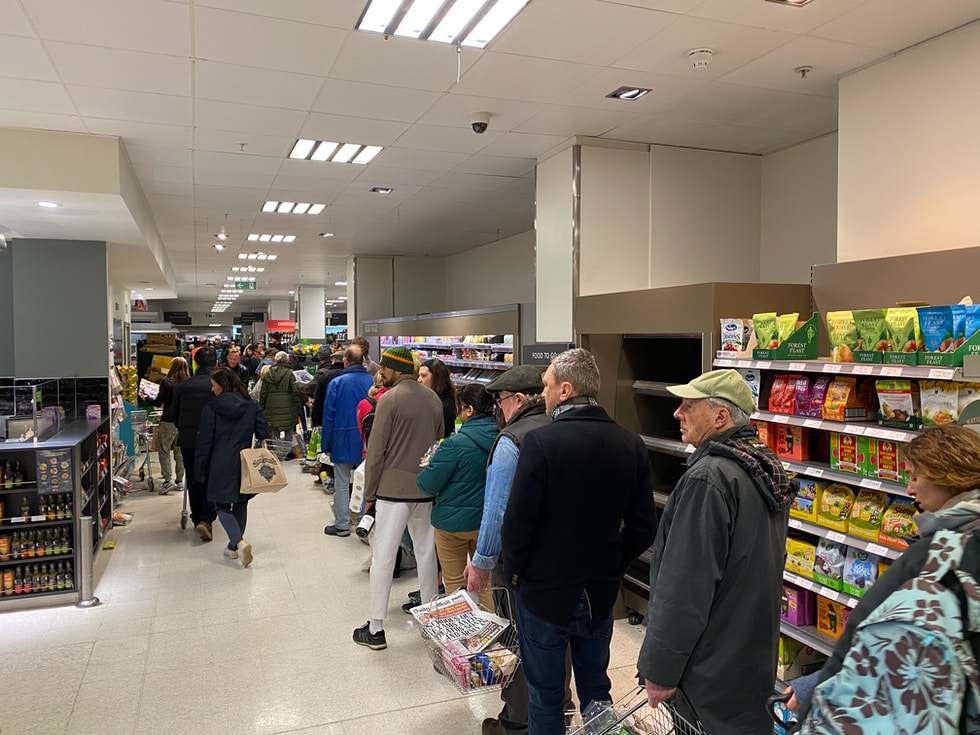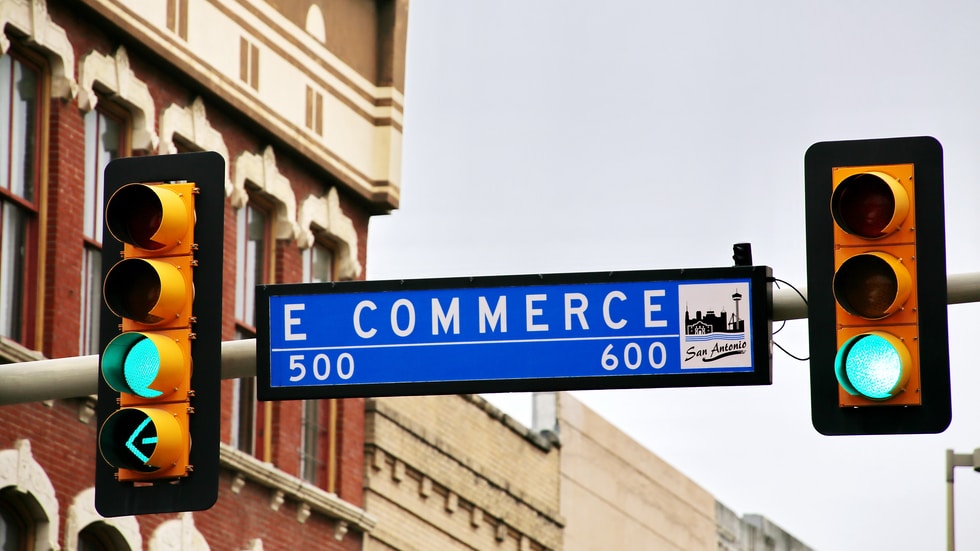Guest article by Cihan Duezguen, Strategic Sales Director at Worldpay from FIS
Companies such as PEG (Otto Payment), Zalando Payments, Paymenttools (Rewe) or C24 are discovering the possibilities of the payment industry. The value chains are being solved more and more “in-house” and enriched with Big Data. E-commerce, payment and banking are moving closer together.
During my time in the fashion industry, the big retailers began to expand their private labels to take away the middlemen’s margins. There were trend scouts who were on the trail of the latest trends in London, Milan and Paris. The retailers analysed assortments and price ranges in order to close gaps with own brands.
Strategy enables access to new customers
First, e-commerce merchants bought and sold goods, then opened up shop to third-party sellers, and the marketplace business provided new revenue opportunities with less capital tied up. When goods are sold, the marketplace providers receive a sales commission, and the third-party providers can also book marketing support from the marketplace for a fee so that their products appear at the top of the search results. Now they are pushing further into the value chain.
The borders are disappearing: Payment and banking are the “next big thing” for e-commerce companies, and they are expanding their lead with their own banking solutions, as Check24 is doing with C24, for example. Klarna offers a current account and opens up its app to marketplace solutions, so users can see targeted offers from About You to Zara within the app and be directed to the store.
Discount grocer Lidl offers in-house payment and loyalty with LidlPay and a rewards system. Since Lidl is represented in over 29 countries around the world, even a money transfer service would be conceivable. The advantage is obvious: the customer who deposits money in the Lidl store generates a potential new grocery customer abroad, and the money could be used there for grocery shopping, Lidl Talk or Lidl Travel.

Painpoints can be eliminated
The pain points of classic retail, such as queues at the checkout, lack of payment options at the changing cubicle or self-checkout systems, can be eliminated with innovative payment solutions such as SoftPOS. The customer who has tried on three pairs of jeans and the sales assistant who has searched through all the assortments would certainly be delighted if, as a fashion adviser at the fitting room, he could pack the customer’s chosen jeans and offer an “express checkout” at the fitting room. This would certainly increase the conversion rate in stationary trade.
Many merchants who started with e-commerce have not adapted their payment methods to their growth. Either they are old contracts with high conditions, because today they have a turnover of more than 100 million or even more, or they do not use other alternative payment methods, because they take care of their daily business.
Rethinking the cash register
The right payment mix offers significant benefits to the merchant and its customers. The customer finds his favorite payment method and he automatically increases his conversion rate. As I learned, cash flow improvements are possible because some payment methods do not retain a reserve and pay the money immediately gross to the merchant. Traditional retail can use smart technology at the checkout to improve the customer journey and reduce the lead of e-commerce competitors. That paired with personalized local service feels like “Amazon Prime on the spot.”
Rethinking the checkout: Motel One has shown the way, the customer pays at check-in and only has to go to reception once. The lounge is tastefully designed and the bar offers gin, coffee and snacks and really becomes a place for people to meet. The advantage rings in cash: Guests like to stay there and the bar is another source of income. This could be expanded by linking the equipment online to the online shop via QR code. Motel One would be a living showroom of mattresses, bathroom furnishings, flat screens, lighting, furniture and even the coveted snacks could be put online on Lieferando in such a scenario.

Up-and-coming quick-delivery companies such as Gorillas, Hepsiburada and Getir are supplementing the last mile with “I’ll bring it right to your door” services. Their product ranges are 90% identical to those of the shopping centres, which could take advantage of this opportunity: coupled with their own fleet or in partnership with the well-known food delivery companies, virtually any product could be delivered within 30 minutes, following the example of Gorilla or Delivery Hero. Here the use of SoftPOS for payment by credit card or APM would be possible.
Payment process must become entertainment
A restaurant called “BUUR” from Cologne has opened in my neighbourhood. The food is staged and served quasi “Instagram”-ready. While the gastronomy around it struggles(ed) for survival, here the generation Z stood in line seven days a week from morning till night, despite different Corona regulations. People want to be entertained even when it comes to payments and banking. It has to be well staged, cool, appealing and uncomplicated.

As a child, I remember my father visiting his local bank once a month and withdrawing cash over the counter for daily expenses. Anyway, I always enjoy going to the bank. Why? It was the place of money and trust, and I wanted this children’s magazine of savings banks. It was sort of the junior bag of savings banks that let me become a customer. You know each other over the years, which creates trust and access. Banks could create this access to (young) customers with a place to meet, as I experienced as a child.
Who doesn’t know it: There’s a note from the parcel service in the letterbox, to be collected from the “neighbour” and the last mile becomes inconvenient. What if my shipping address was my home bank? Open Banking would then have a completely new meaning. Banks could counteract the decline in frequency in the branches with, for example, parcel hubs for their premium customers, with “B-rime”, so to speak. Making unused bank space more attractive to end users with “shop in shop” or third-party vendors, renting out Open Workspace space to freelancers, offering training on Minecraft courses or programming classes, or even TikTok tutorial workshops?
Banks should poach from tech giants
Today’s young generation is a lot more digital than I could be in the 90s – from music, watching movies, gaming, reading and learning – everything is streamed and instantly available online. It doesn’t need a video store to watch videos, it doesn’t need a record store for music, it doesn’t need a bank to do banking. Then why is a bank also not allowed to poach in the other verticals like the tech giants are doing?
Last summer banks introduced account fees, it’s like Zalando introducing shipping charges – certainly a sales stopper! It would lead to customer attrition in e-commerce. Opening up to new business areas and making money with them is the challenge that could lead to the goal.
Generation Z is reached by digital added values & technology – also in payment and banking.





